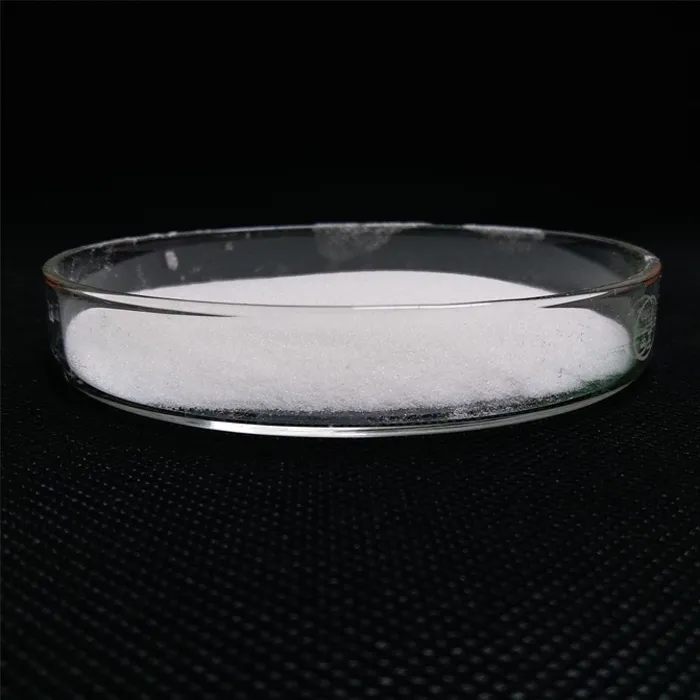Ammonium Cobalt Thiocyanate Properties, Uses, and Significance
Ammonium cobalt thiocyanate, with the chemical formula NH4Co(SCN)4, is an intriguing compound belonging to the class of coordination complexes. This compound plays a significant role in various fields, ranging from analytical chemistry to material science, and it possesses unique properties that make it a subject of interest for researchers and industries alike.
Chemical Structure and Properties
The structure of ammonium cobalt thiocyanate involves a central cobalt(II) ion coordinated with thiocyanate (SCN−) ions. In its typical formation, cobalt ions exhibit a +2 oxidation state, surrounded by four thiocyanate ligands. The thiocyanate ion is a versatile ligand, capable of binding to metals in different ways, which contributes to the stability and reactivity of the complex. The presence of ammonium ions (NH4+) adds solubility in water, making this compound accessible for various applications.
Ammonium cobalt thiocyanate is characterized by its vibrant colors, typically ranging from deep blue to violet, depending on the concentration and the specific conditions of the solution. This coloration is not merely aesthetic; it serves as a crucial indicator of the compound's chemical environment and interactions.
Synthesis and Preparation
The synthesis of ammonium cobalt thiocyanate can be accomplished through a straightforward reaction between cobalt(II) chloride (CoCl2) and ammonium thiocyanate (NH4SCN) in aqueous solution. The mixture produces a bright complex that precipitates as it forms. Careful control of pH and temperature during this reaction is essential to obtain the desired purity and color.
Applications in Analytical Chemistry
One of the principal applications of ammonium cobalt thiocyanate lies in analytical chemistry, particularly in colorimetric assays. It has been effectively used for the detection and quantification of various anions and cations in different matrices. For instance, due to its distinctive color change upon reacting with certain ions, this compound can act as a visual indicator in titrations and other chemical analyses.
ammonium cobalt thiocyanate

Ammonium cobalt thiocyanate is also utilized in the determination of gold and other precious metals
. Its ability to form stable complexes with these elements allows for the selective extraction and identification of valuable resources in metallurgical processes.Material Science and Catalysis
Research in material science has found that ammonium cobalt thiocyanate can serve as a precursor for the synthesis of cobalt-based nanomaterials, which have shown promise in various applications, including catalysis, magnetic materials, and sensors. The unique properties of cobalt, combined with the functionality of thiocyanate ligands, offer pathways to develop innovative materials with tailored characteristics for specific applications.
Moreover, cobalt complexes, including ammonium cobalt thiocyanate, have attracted attention in catalytic processes, particularly in organic transformations. The coordination of the thiocyanate ligands enhances the reactivity of cobalt, rendering it a viable candidate for catalyzing reactions that require efficient transition metal catalysts.
Environmental Considerations
While ammonium cobalt thiocyanate presents several valuable applications, it is essential to consider the environmental impact associated with its use. Compounds containing cobalt can pose toxicity concerns, especially in large quantities. Therefore, proper handling and disposal of ammonium cobalt thiocyanate are of utmost importance in laboratory and industrial settings to minimize potential hazards to human health and the environment.
Conclusion
In conclusion, ammonium cobalt thiocyanate is a multifaceted compound with distinct properties that facilitate its use in various scientific and industrial applications. From its vibrant coloration and coordination chemistry to its utility in analytical chemistry and material science, this compound exemplifies the fascinating interplay between chemistry and technology. As research continues to explore its potential, ammonium cobalt thiocyanate is likely to remain a significant player in the fields of chemical analysis and materials development, contributing to advancements in both industrial applications and fundamental scientific knowledge.

